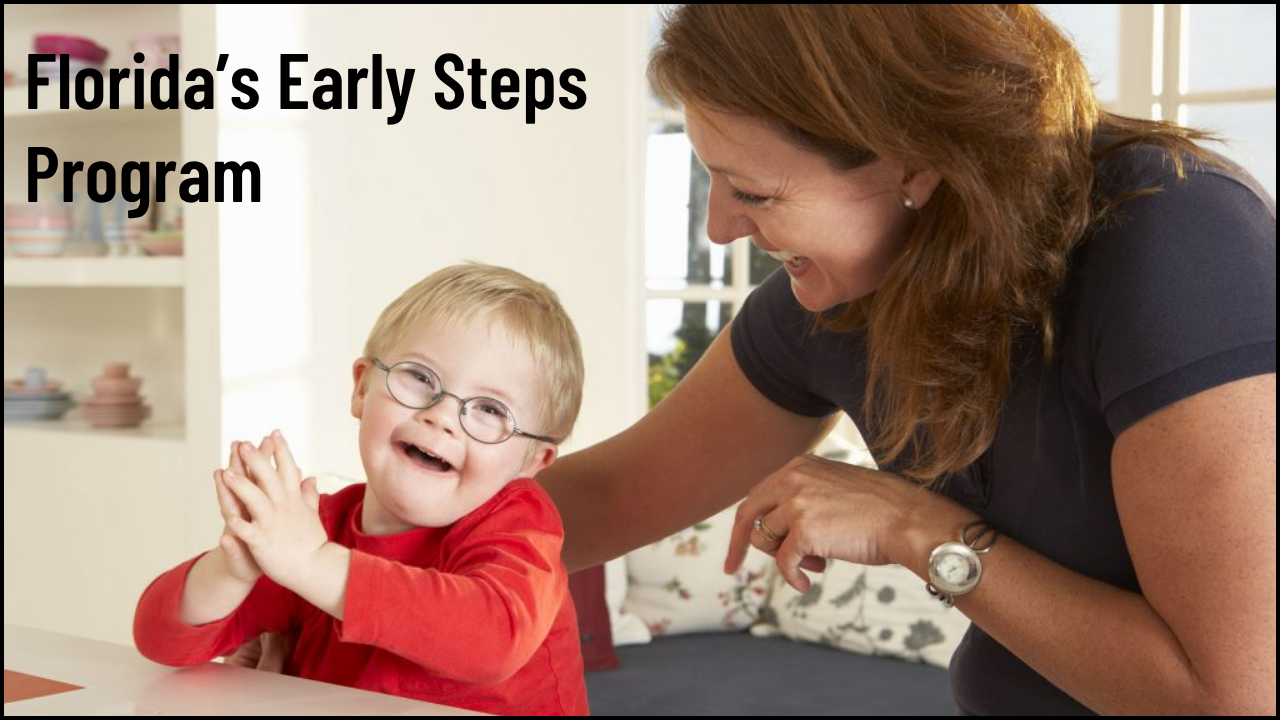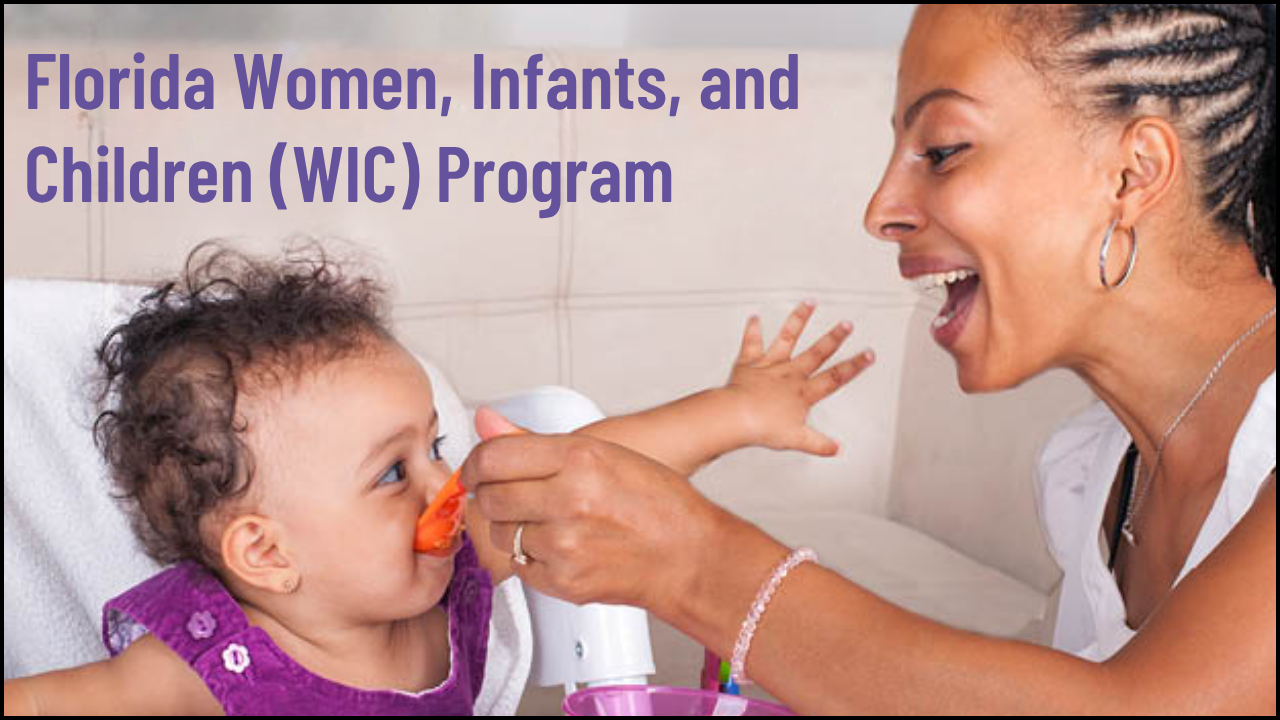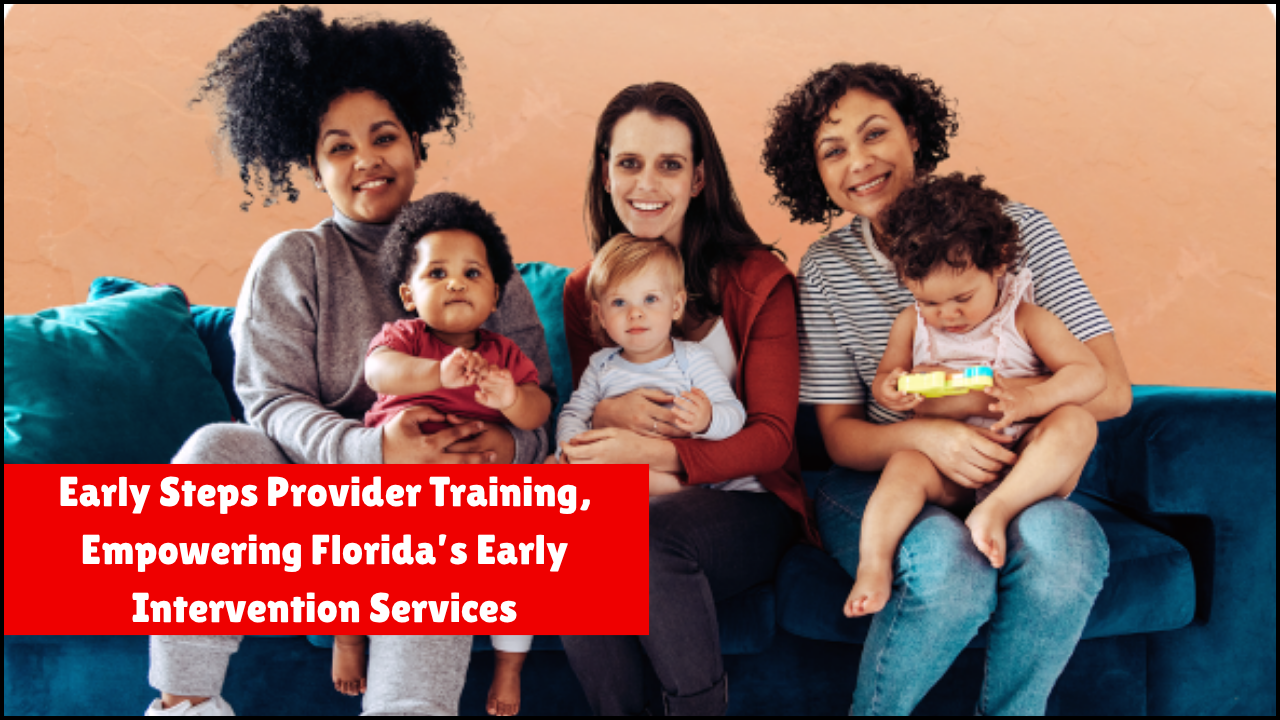
Rural and underserved families in Florida face distinct challenges that affect their well-being, access to resources, and overall quality of life. Limited healthcare facilities, underfunded schools, a lack of reliable transportation, and food insecurity are among the top concerns. Government agencies, nonprofit organizations, and community groups have initiated multiple programs to support these families and reduce the disparities between urban and rural populations. Understanding the specific needs of these communities is essential for building targeted and sustainable support systems.
Table of Contents
Key Challenges Faced by Rural and Underserved Families
- Limited Healthcare Access: Rural counties in Florida often lack enough healthcare providers, leading to delays in diagnosis and treatment.
- Inadequate Transportation Infrastructure: Absence of public transit makes it difficult for families to access jobs, schools, and healthcare services.
- Educational Disparities: Schools in underserved areas often receive less funding, resulting in fewer academic resources and lower graduation rates.
- Food Insecurity: Many rural households struggle to access fresh and affordable food due to the absence of nearby grocery stores.
- Digital Divide: Poor internet connectivity limits opportunities for education, telemedicine, and remote work in many rural regions.
Programs and Services Benefiting Rural Families in Florida
- Florida Department of Health Rural Health Program: Offers technical support, funding opportunities, and partnerships to improve healthcare delivery in remote regions.
- Supplemental Nutrition Assistance Program (SNAP): Provides monthly food benefits to low-income families to help purchase healthy groceries.
- Early Head Start and Head Start Programs: Promote school readiness for children under five from low-income families through education, nutrition, and parent involvement.
- Florida Rural Legal Services (FRLS): Offers free legal aid in areas like housing, employment, and public benefits for individuals in rural communities.
- Community Action Agencies (CAAs): Deliver programs focused on economic development, housing stability, and energy assistance.
Community-Led Initiatives and Partnerships
- Faith-Based Organizations: Local churches and religious groups often provide meals, childcare, clothing, and crisis counseling to vulnerable families.
- Mobile Health Clinics: Bring medical services directly to underserved communities, especially in areas without nearby hospitals.
- School-Community Partnerships: Connect students with tutoring, mental health resources, and after-school programs through collaboration with local nonprofits.
- Agricultural Outreach and Education: Support farmworker families by offering bilingual educational materials, safety workshops, and access to social services.
- Volunteer Driver Programs: Help residents reach essential appointments when transportation is unavailable or unreliable.
Government Grants and Funding Initiatives
- HRSA Rural Health Grants: Fund health centers in medically underserved areas to expand access to primary care and preventive services.
- Florida Department of Economic Opportunity (DEO): Implements workforce development programs and community revitalization projects in low-income rural areas.
- Community Development Block Grant (CDBG): Supports housing, infrastructure, and public service projects that benefit low-to-moderate-income residents.
- USDA Rural Development Programs: Provide loans and grants to improve housing, utilities, and broadband access in rural Florida.
Comparison of Services by Region
| Region | Healthcare Access | Internet Connectivity | School Funding | Food Access |
|---|---|---|---|---|
| North Florida (e.g., Suwannee County) | Limited specialists, mobile clinics are active | Poor signal in remote zones | Below the state average | Reliance on food pantries |
| Central Florida (e.g., Highlands County) | Federally Qualified Health Centers (FQHCs) | Partial coverage | Moderate resources | Seasonal produce distribution |
| South Florida (e.g., Hendry County) | Better access via migrant health centers | Spotty, especially in the Everglades area | Variable, migrant education programs | Farm-based food assistance |
| Panhandle (e.g., Liberty County) | Few providers, dependent on telehealth | Very limited | Lowest funding per student | Community garden initiatives |
Success Stories and Impact Examples
- Highlands County Mobile Health Team: Delivered vaccinations and routine checkups to more than 5,000 residents in 2024 alone, reducing emergency visits by 22%.
- Liberty County Digital Literacy Program: Equipped over 300 households with tablets and basic internet training to support online learning during school closures.
- Glades County Faith-Based Partnership: Organized free summer meals and mental health workshops, benefiting over 800 underserved children.
- North Florida Farmworker Initiative: Helped 120 agricultural workers gain legal assistance for wage-related disputes and access Medicaid enrollment.
Strategies for Sustainable Support
- Investing in Broadband Expansion: Public-private partnerships should be expanded to ensure internet access reaches all corners of rural Florida.
- Recruiting and Retaining Rural Healthcare Workers: Loan forgiveness programs and rural training tracks can attract more professionals to underserved areas.
- Strengthening School Funding Mechanisms: Equitable funding models are needed to support rural schools, especially those with high poverty rates.
- Supporting Family Caregivers: Training programs and stipends can empower family members caring for elderly or disabled relatives in rural homes.
- Improving Emergency Preparedness: Rural areas often suffer the most during hurricanes or health crises—more resources should be directed toward resilience training and emergency response systems.
Key Organizations Supporting Rural Families in Florida
| Organization | Service Focus | Area Covered |
|---|---|---|
| Florida Rural Health Association | Advocacy and training | Statewide rural counties |
| Feeding Florida | Food security programs | All 67 counties |
| Florida Impact to End Hunger | Child nutrition policy | Rural schools and childcare |
| University of Florida IFAS Extension | Education, farming outreach | Every Florida county |
| Florida Alliance for Assistive Services & Technology (FAAST) | Assistive tech for disabilities | Primarily rural communities |
Barriers to Program Access
- Lack of Awareness: Many eligible families are unaware of available programs due to poor outreach and communication.
- Language and Cultural Barriers: Non-English speakers may face difficulties accessing services without interpretation support.
- Stigma and Mistrust: Concerns about immigration status or fear of government involvement can prevent people from seeking help.
- Documentation Challenges: Many programs require proof of income or residence, which may not be available for families in unstable housing.
Future Recommendations
- Enhance Local Collaboration: Stronger cooperation among schools, health centers, churches, and legal aid groups can create a more supportive ecosystem.
- Leverage Technology: Expanding telehealth and online learning platforms can help overcome distance-related challenges.
- Advocate for Policy Change: State and federal reforms should address systemic inequalities affecting rural populations, such as redistricting and funding formulas.
- Monitor and Evaluate Outcomes: Ongoing data collection and community feedback are essential for adapting programs to meet evolving needs.
End Notes
Equity in Florida cannot be achieved without dedicated support for rural and underserved families. Their challenges—rooted in geography, infrastructure, and social conditions—require holistic, community-based solutions. Investments in education, healthcare, nutrition, and connectivity must continue to grow, with an emphasis on culturally competent, accessible services. Empowering these communities will not only enhance individual lives but will also contribute to the overall strength and resilience of the state.





